
When you think about a food-producing garden, it’s likely that you imagine neat beds with rows of fruits and vegetables. But a typical kitchen garden is only one type of edible garden to consider.
One of the best low-maintenance gardens is a forest garden.
Forest gardens come in many sizes – you don’t need acres and acres to create one. In this article, we’ll look at this concept in more depth, and talk about how you can start a forest garden where you live.
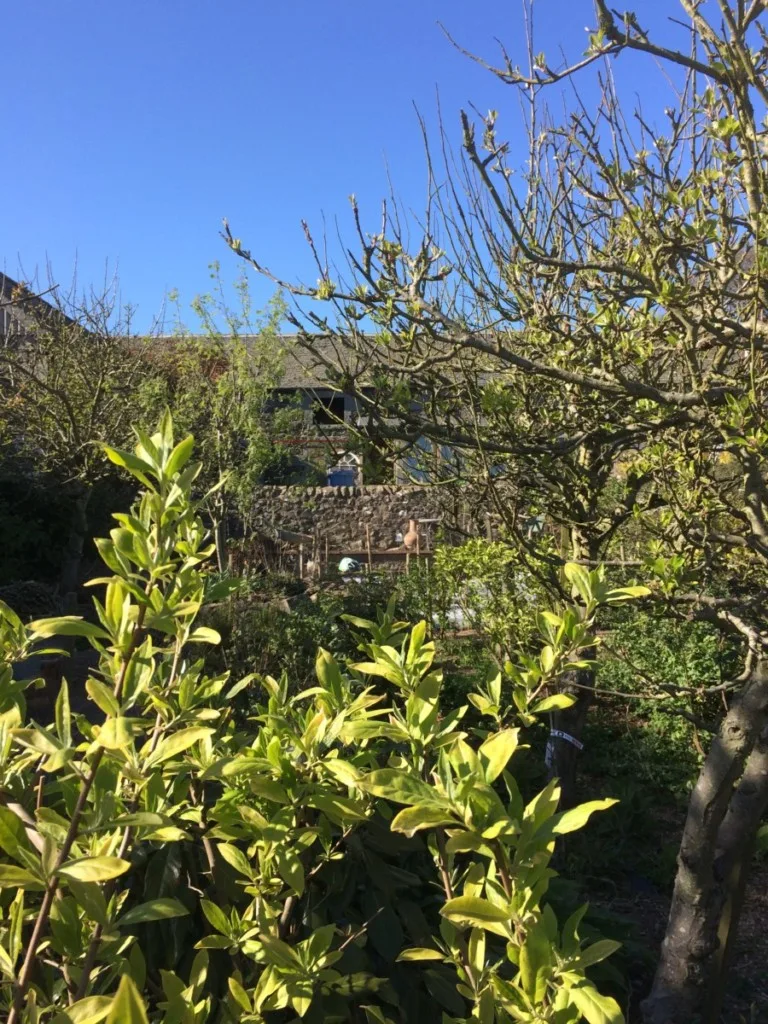
To guide would-be forest gardeners through the process of creating their own, I will share some details of my own temperate climate forest garden.
In addition to providing details on the basics and design principles, I will share some of my own plant choices and techniques in order to help you garden ecologically, sustainably (and easily) wherever you live.
What is a Forest Garden?
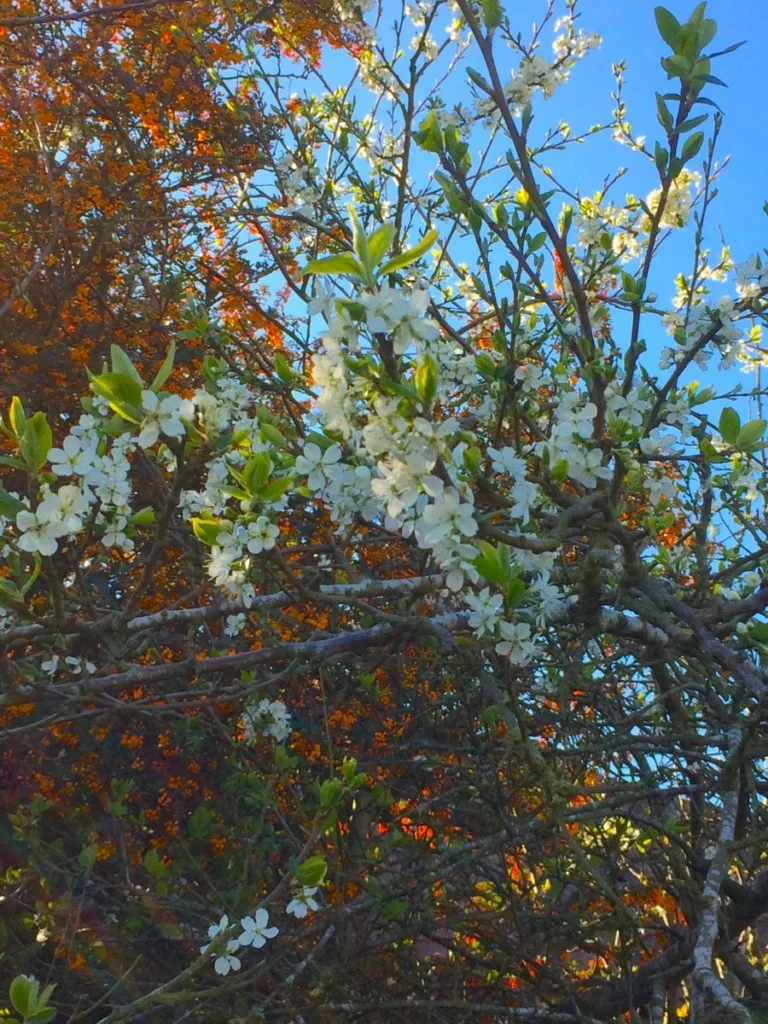
A forest garden is a garden that mimics a natural forest or woodland ecosystem.
But a forest garden differs from a natural tree-dominated ecosystem because such systems are designed to promote healthy and diverse natural elements while also meeting human needs.
Forest gardens are an example of a polyculture – an integrated system of plants (and animals) that function together to create a thriving system. Like a natural forest, a forest garden can support a wide range of flora and fauna.
A forest garden can provide an abundance of food and other resources for minimal outlay in time and effort. It can be a cost-effective and sensible way to make the most of your space.
The species within a forest garden, and its exact design, will vary considerably depending on where you live, and the space and conditions to be found there. But all forest gardens share certain elements in common. We’ll look into these elements in more detail below.
Before we look into what exactly makes a garden a ‘forest garden’, let’s take a look at why mimicking a forest is such a good idea.
Why is Mimicking a Forest a Good Idea?
Forests are the most successful ecosystem on earth. Tree-dominated ecosystems flourish in many of the earth’s bioregions and climatic zones. It just makes sense for us to mimic the systems that do so well in nature.
We can use their resilience and abundance to sustainably meet our own needs.
If land is left unmanaged in many regions, trees come to dominate the landscape. Pioneer species colonize bare soil and, over time, canopy cover is established. When left undisturbed by humanity, other vegetation colonizes the land beneath the canopy and takes advantage of areas of shade, sunlit glades, and edge habitats.
Self-sustaining ecosystems develop, with a range of complex interactions.
Forests are also among nature’s most effective carbon sinks.
They are therefore a vital tool in climate crisis mitigation and adaptation. Trees sequester carbon more effectively than many other plants. They draw in atmospheric carbon and store it as lignin in their branches, trunks and roots.
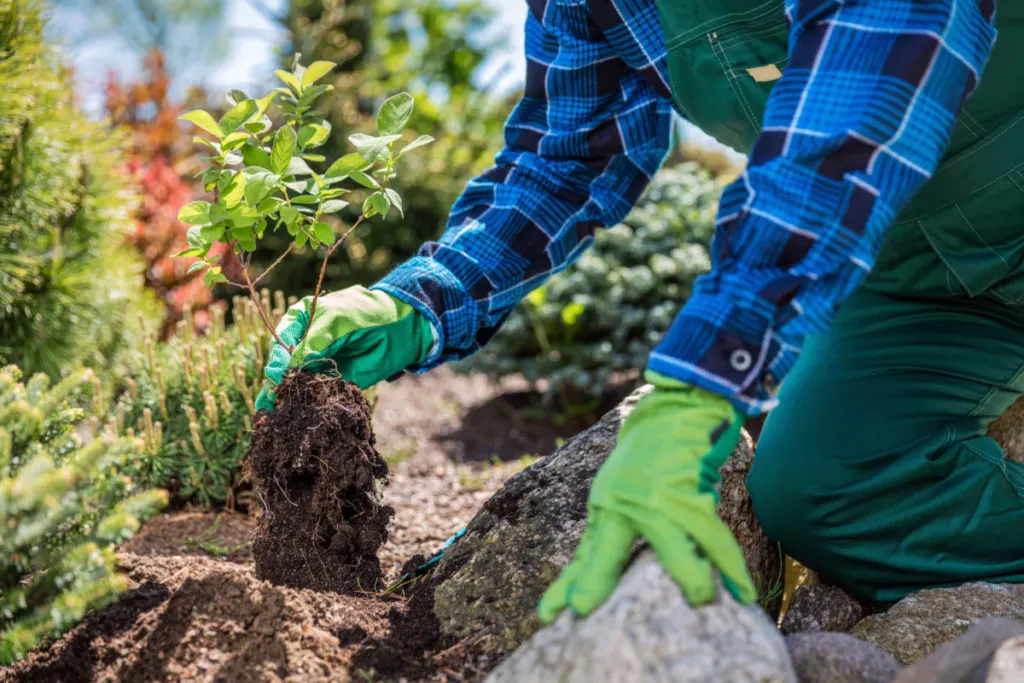
So planting trees in our gardens can be an important way to offset carbon emissions and restore balance in the earth’s carbon cycle. Forests (and forest gardens or agroforestry systems) can store carbon in plants and soil for longer than traditional, tilled agricultural fields or gardens dominated by annual crops.
Forest gardens, like natural forests, can help us combat global warming. By switching our edible gardens from traditional kitchen gardens to tree-dominated ecosystems, we can play our part in protecting our planet and ensure a sustainable future for humanity.
Forests also help to preserve our planet’s biodiversity.
As you may already be aware, biodiversity on Earth is decreasing at an alarming rate. By choosing to mimic natural forests in our gardens, we can help to protect a range of species and promote the healthy biodiversity of plants and wildlife.
7 Reasons To Start A Forest Garden
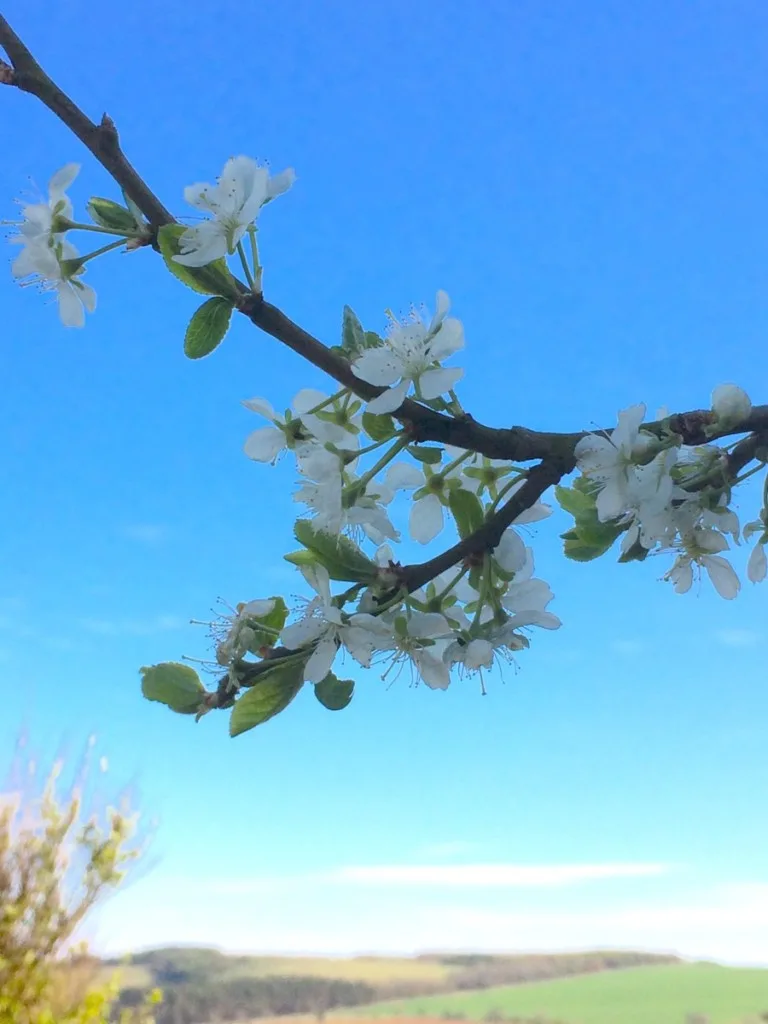
The benefits of forest gardening do not begin and end with environmentalism. Forest gardens are also beneficial for gardeners, homesteaders and communities in a range of different ways.
For example, a forest garden can:
- Make gardening easier. As collections of mostly perennial plants, forest gardens are easier to maintain. Once established, they take far less work than other types of garden.
- Help control pests and disease. The beneficial collections of plants, animals and fungi also help with disease reduction and pest control.
- Aid in environmental control. Helping to prevent flooding or die-back due to drought. Stabilizing and protecting the soil. And making your garden more resilient to the environmental changes climate alterations bring.
- Allow us to breathe easier. Trees not only exhale oxygen, they also help clear the air of environmental pollution in our gardens.
- Let us relax. A forest garden can help reduce sound pollution such as road noise. And they are definitely relaxing and beautiful spaces to de-stress and spend some quiet time.
- Provide us with abundant edible crops. Fruit, nuts, vegetables, herbs, edible flowers and more.
- Give us with other yields. Such as fuel, timber, craft materials, herbal medicines, plant fibres, dyes etc.
The Principles of Forest Gardening
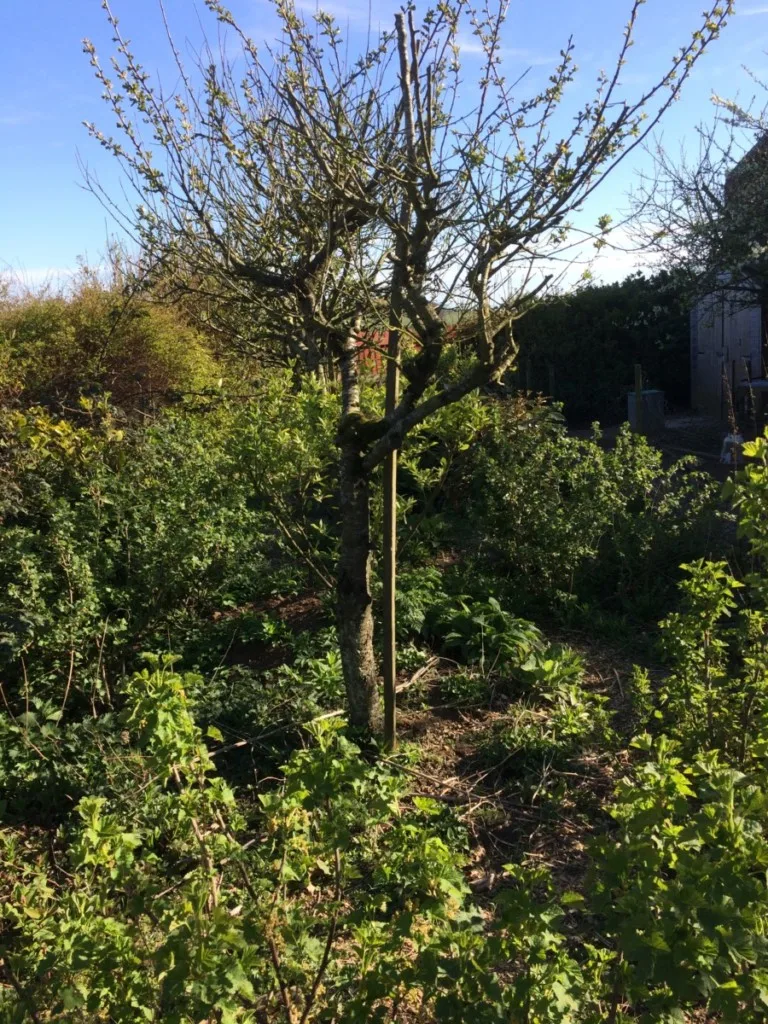
By now, you should have a good idea of what a forest garden could be. But you may still be wondering how to go about making one. The first thing to consider is the principles that underpin this gardening methodology.
Here are some principles to bear in mind as we go on to discuss how to design, plan, prepare and plant your forest garden:
- Choose plants and a planting scheme suited to the environmental/ soil conditions where you live, and your particular site. (Choose the right plants for the right places.)
- Layer plants in space and time, to make the most of the land area available. In a forest garden, there are a number of layers of planting: the taller tree/ canopy layer, the small tree/ shrub layer, the herbaceous layer, ground cover, root crops and the sub-soil ecosystem, and vines and climbers that make their way up through these layers.
- Make sure every element in the forest garden is beneficial – either directly to you, the gardener, or to the system as a whole.
- Choose plants and other elements in your forest garden to increase the number of beneficial interactions in the system.
- Think about how the system will evolve over time – embrace natural changes and use them to your advantage.
Designing a Forest Garden
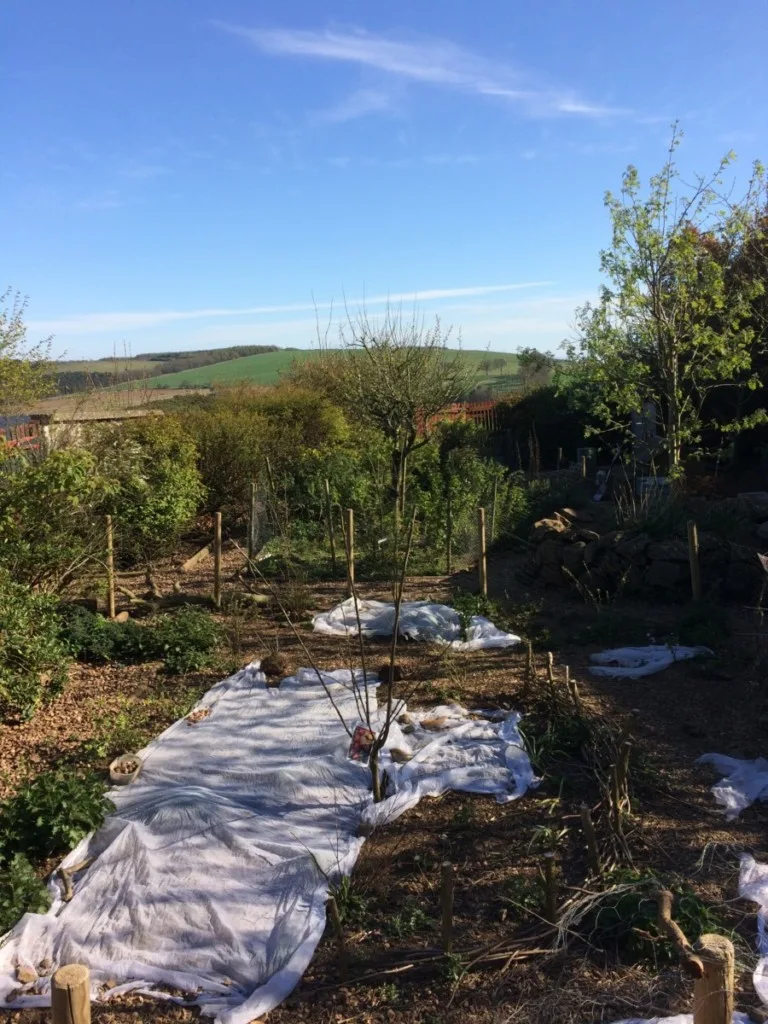
The process of designing a forest garden for your homestead begins with observation. It is important to spend some time looking at your site, and thinking about the characteristics which define it.
I have created my small forest garden in a portion of an existing orchard. When I was designing my forest garden, I spent plenty of time observing sunlight, water, wind and other elements in this zone before I made any design decisions.
No matter where you want to create your forest garden, no matter how large or small it will be, it is important not to miss out on this important design stage.
Another important thing to consider is that you should take care not to take on too much, too fast. It is always best to use slow and small solutions. If you want to convert a larger area to a forest garden, it is worthwhile considering how you can take things one step at a time.
My own project is an example of this.
I decided to start small and convert one quarter of the existing orchard at a time. The first quarter is now well established, and I have moved onto the second portion of the site.
But though I have focussed on one smaller area at a time, I also made sure that I kept the ‘big picture’ in mind. When designing any garden, you should begin with the big picture, and design from patterns to details.
Remember, a forest garden is designed to mimic a natural system.
But it is designed primarily to meet human needs. During the design process, keep in mind who you are designing for. Think about the things your household likes to eat, and how you will use the space before you get into the details of planting and implementation.
Preparing the Site
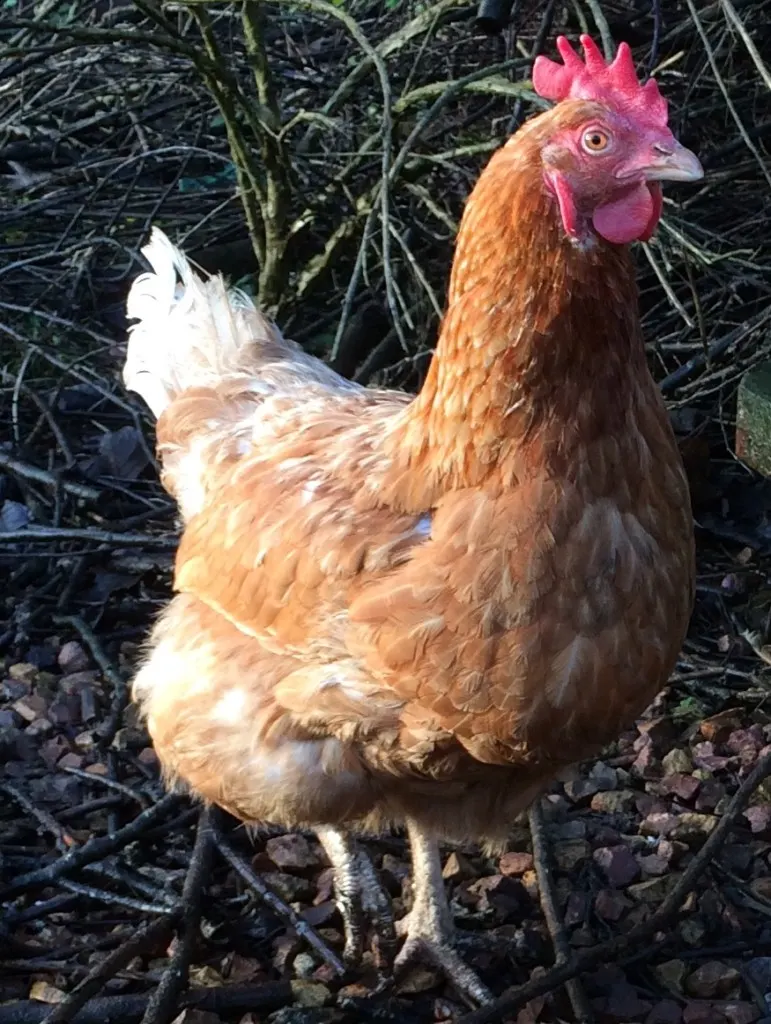
Preparing the site before planting is another crucial part of the process. Yet it is a stage that is often overlooked. By now, you should have a good idea about what you wish to achieve with your forest garden, and be ready to begin putting your plans into action.
How you proceed with preparing the site for your forest garden will depend on how the area was previously used.
In my forest garden project, the area was already a mature orchard, with fruit trees. But the area beneath the trees was simply laid to lawn. And many of the trees were over-grown, and not in the best of health.
In the earliest stages of my project, I began by laying cardboard over the grass around the trees and covering that cardboard with layers of organic material and compost. Taking care not to build up mulches around the trees’ trunks.
I made holes in the cardboard and removed sections of turf to add a few shrubs and plant a few crucial herbaceous perennials. I also planted and sowed other crops into my newly formed ‘no dig’ growing areas to build up guilds around each of the trees.
For the next area, I took a different approach and brought in rescue chickens (which we keep for eggs) to forage on the grass. Over time, the chickens have removed the grass layer, ready for new planting.
The new area is now fenced off, to allow time for new planting to be established before the chickens are re-introduced.
Of course, different approaches will be required where you will be planting trees from scratch. But your key goals will be the same: suppress grass growth where necessary, and amend degraded soil with plenty of organic matter.
Choosing Your Trees
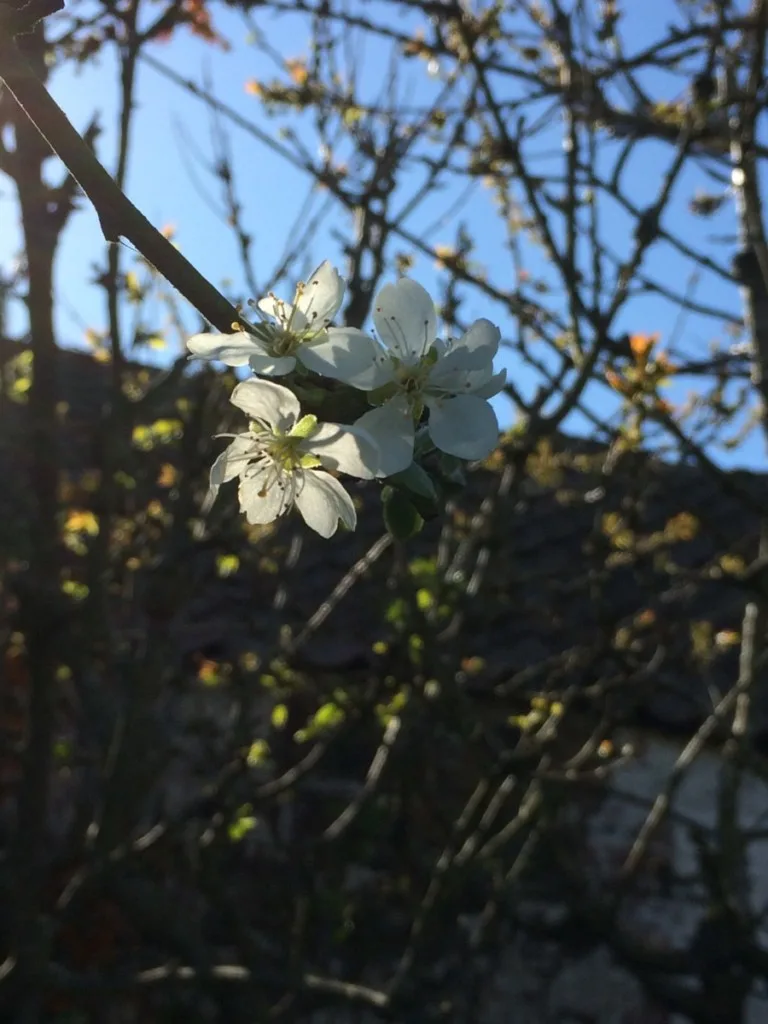
The first stage, for a virgin site, will be choosing and planting your trees. As mentioned above, my project involved turning an existing mature orchard into a forest garden. We already had apple trees, cherry trees, plum trees and a rowan tree in this area.
Since starting the project, I have added a damson tree, a mulberry, and a Siberian pea tree to the mix. We also replaced a plum that died with a new Victoria plum tree.
When choosing your trees, it is important to think about:
- The climate and microclimate conditions where you live.
- Your soil type and characteristics.
- How large the trees will grow, and their space requirements.
- Which edible yields you and your family desire.
- Whether you will try to make money from your trees, or your forest garden will just be for personal use.
In addition to planting fruit (or nut) trees for an edible yield, you might also include trees in your forest garden for other reasons. You might include nitrogen-fixing trees, for example, to feed the system. (Since my trees were already established, my nitrogen fixers are in the shrub layer.)
The Shrub Layer in a Forest Garden
The next layer of the forest garden to consider is the shrub layer. Shrubs, fruiting canes and fruit bushes will be the next things to plant.
In the established section of my forest garden the following plants are included in this layer:
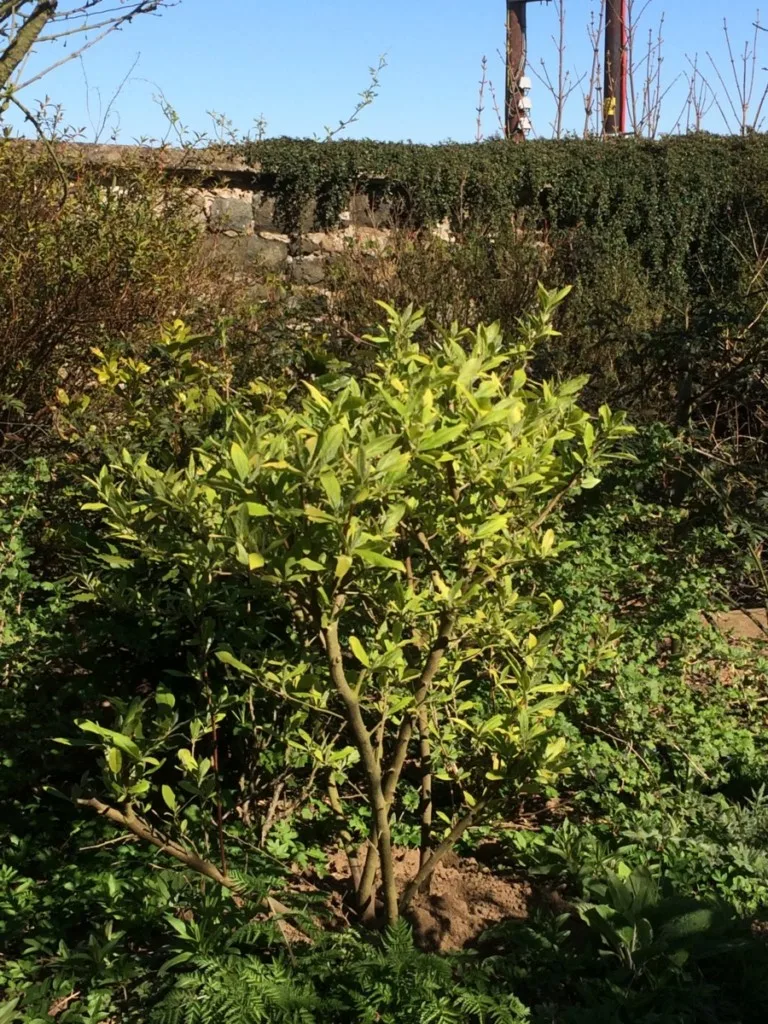
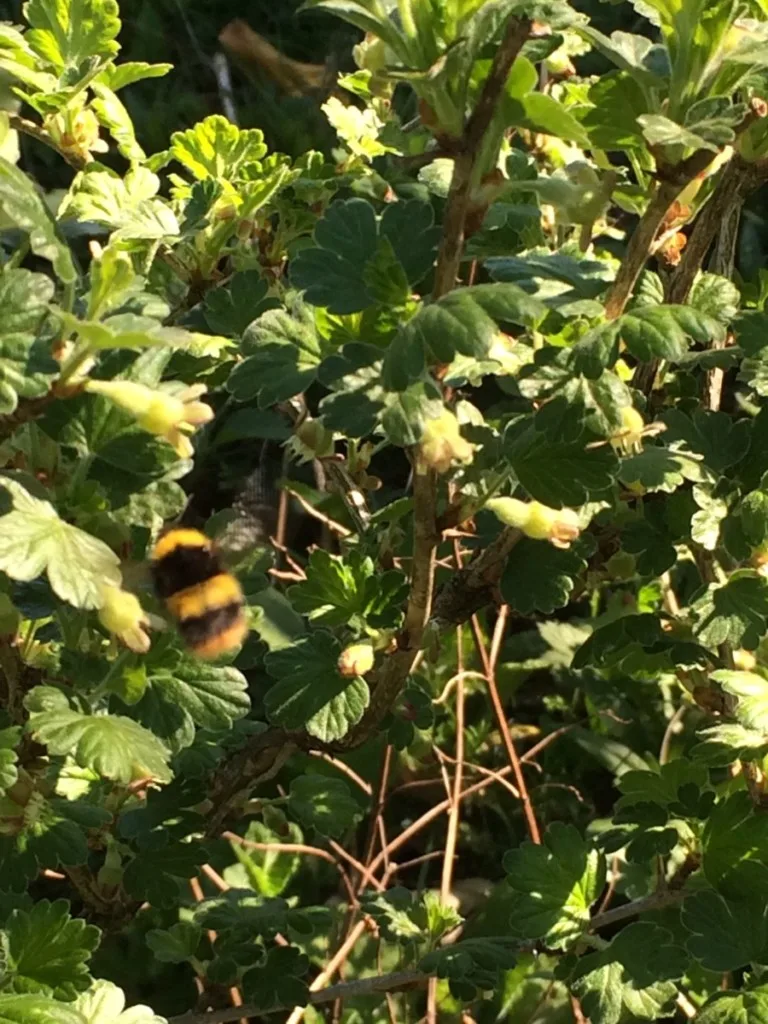
- Elaeagnus umbellata and Elaeagnus x ebbingei (nitrogen fixers)
- Gooseberries
- Red currants
- Black currants
- Raspberries
- Ribes sanguinea
- Forsythia
- Spirea
- Mahonia japonica
- Flowering quince
- Brachyglottis
- Several different roses
- Hawthorn
- Bay laurel
- Berberis
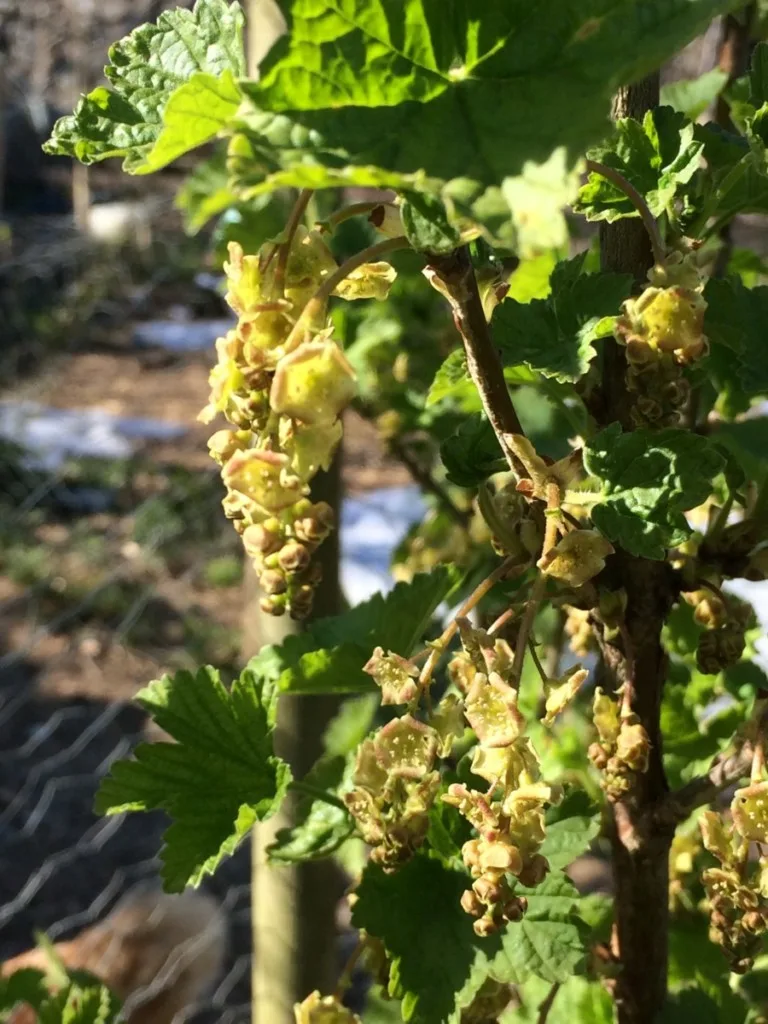
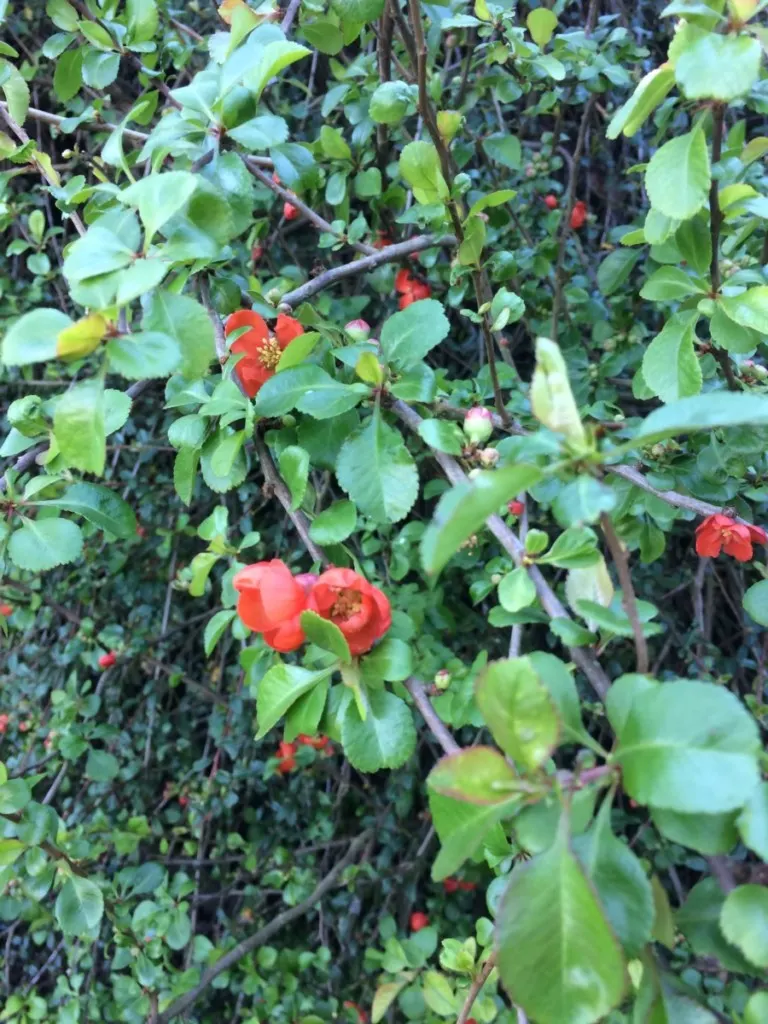
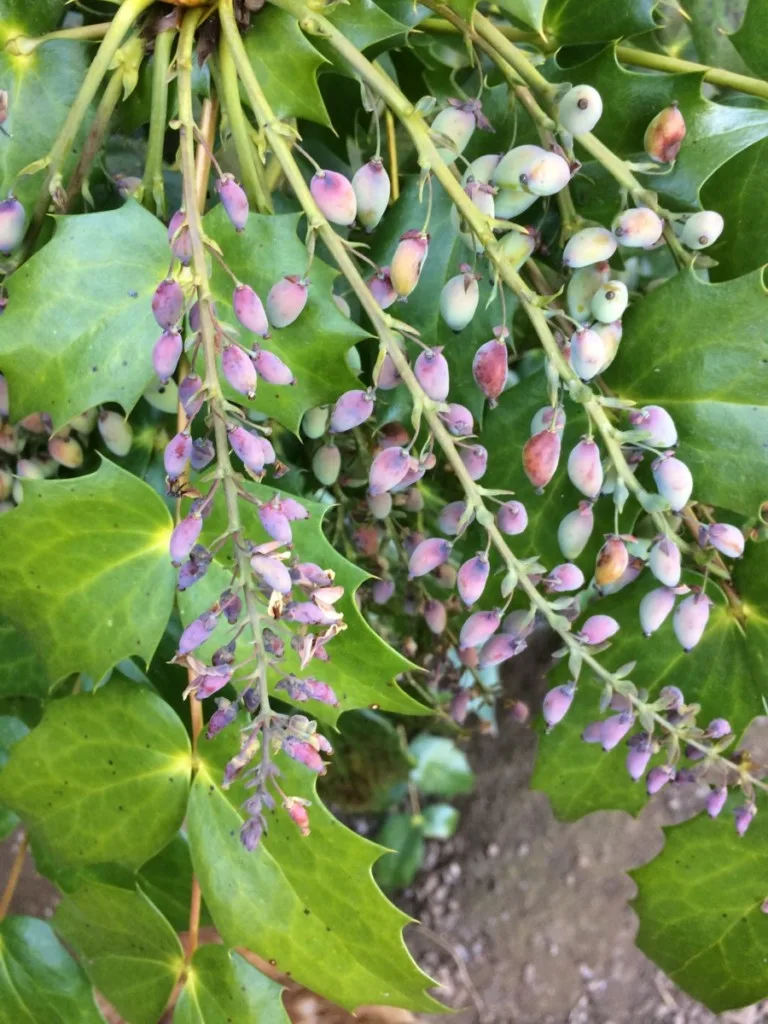
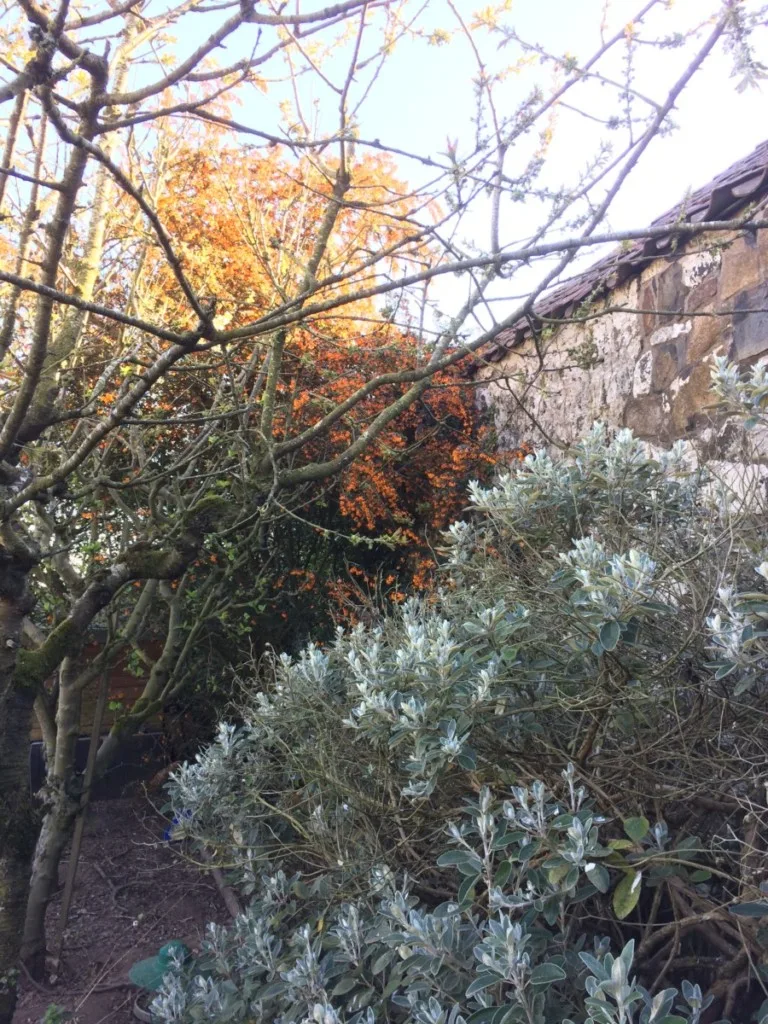
The Herbaceous Layer
Once you have planted your trees and shrubs, it’s time to turn your attention to the herbaceous layer. This is a layer that will take more time to establish, and which can be built up over time. In my forest garden, you will find:
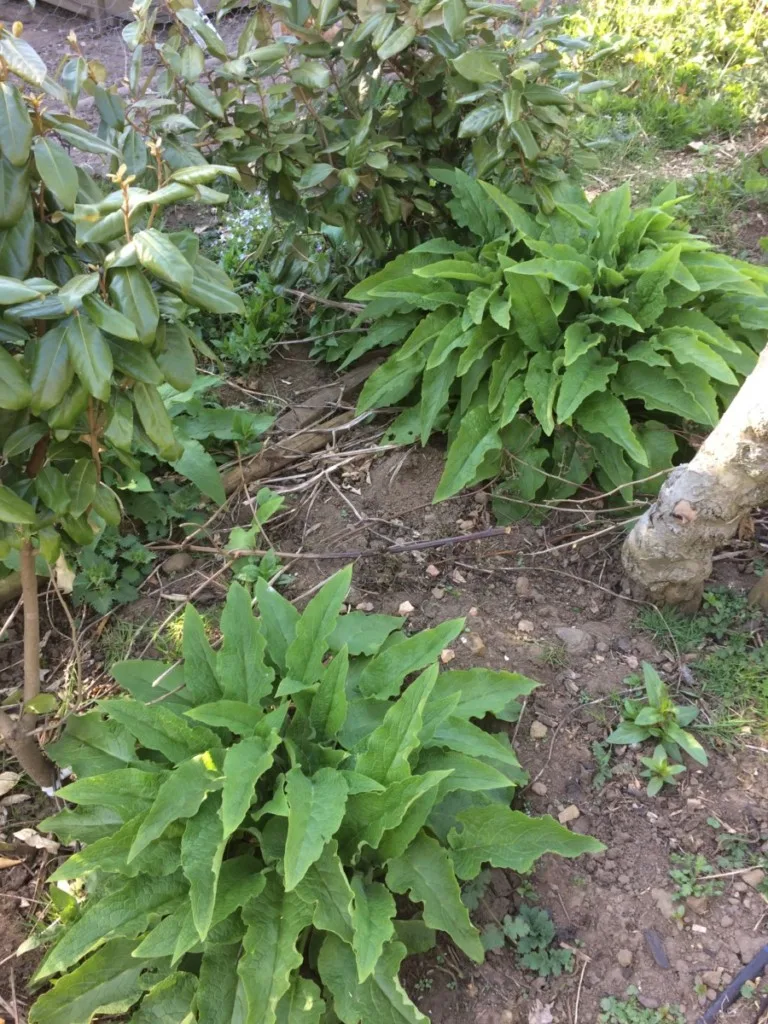
- Comfrey (one of the most important dynamic accumulators in my forest garden).
Edible crops including:
- Strawberries
- Hostas
- Good King Henry (perennial leaf vegetable)
- Red Veined Sorrel
- Kale/ perennial brassicas
- Mallows
- Mint
- Rosemary (on a sunny edge of the garden)
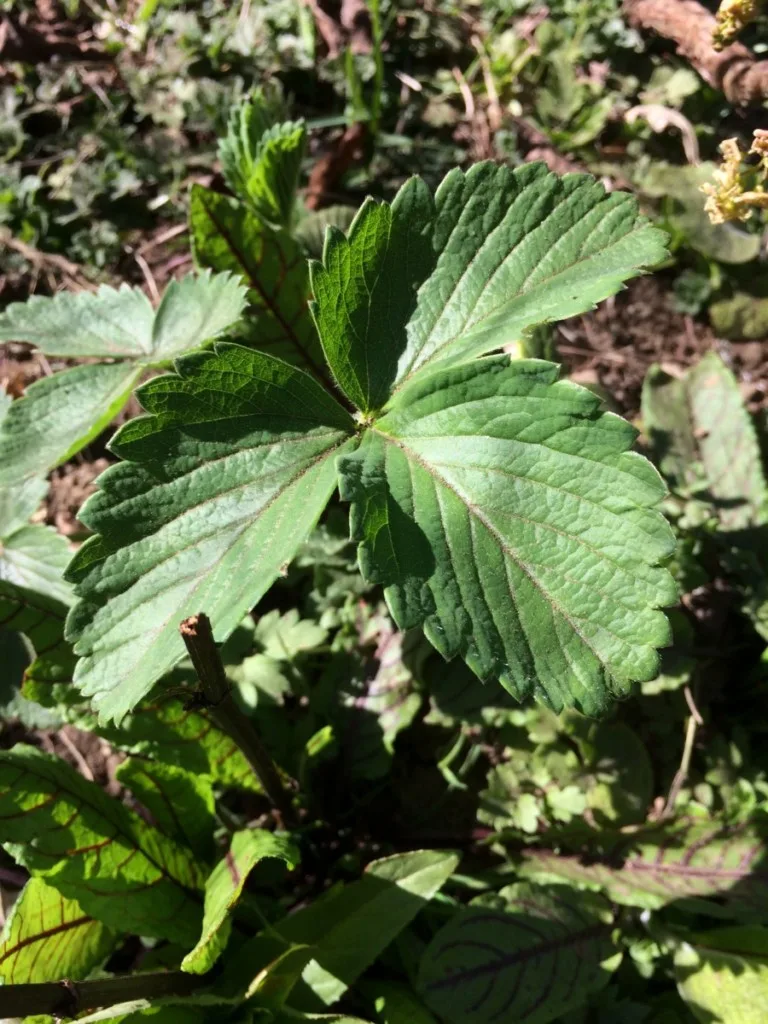
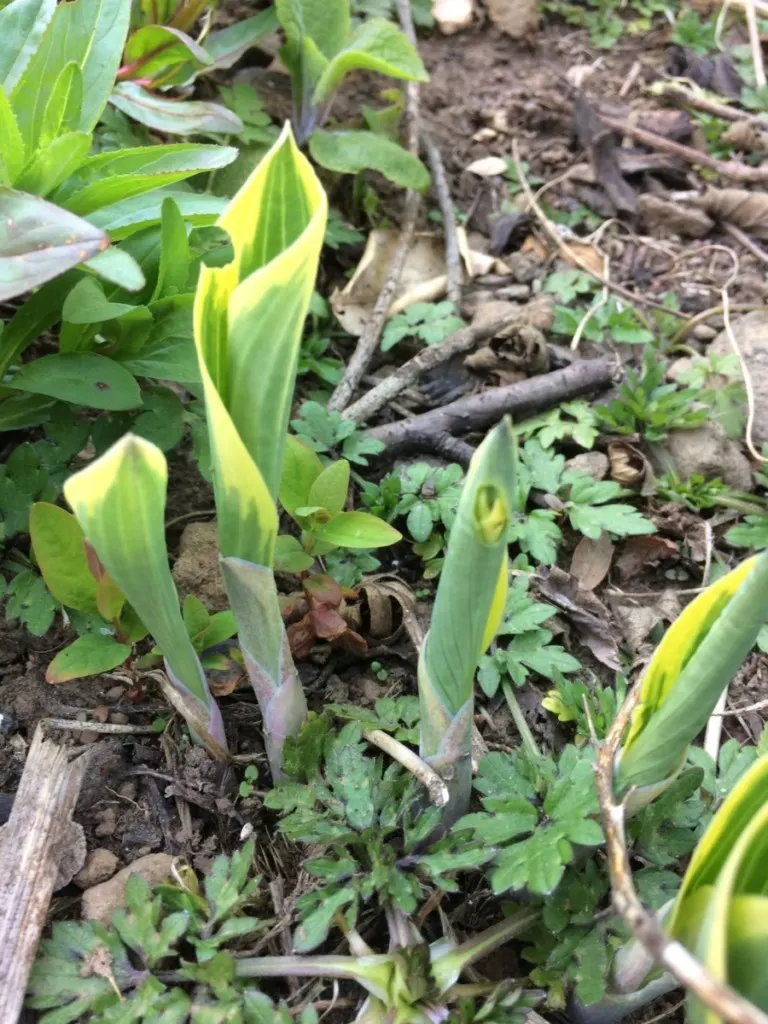
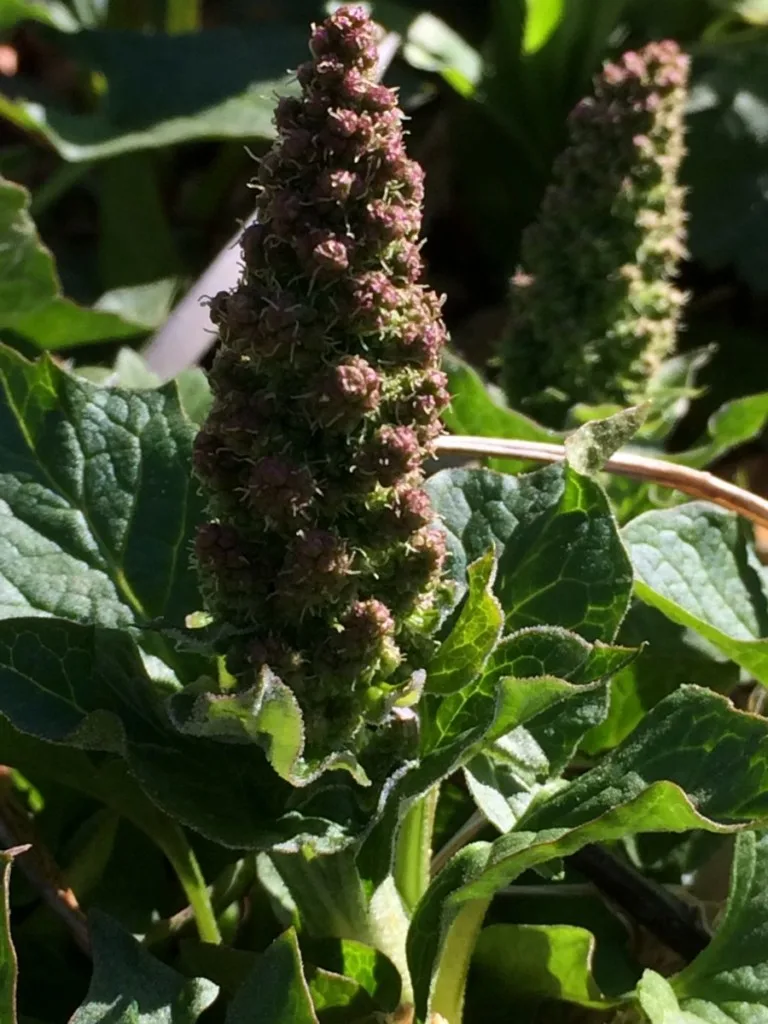
Edible weeds, for example:
- Chickweed
- Nettles
- Dandelions
- Cleavers
- Ground Elder
- Purple hen bit
Perennials to attract beneficial wildlife, and aid in pest control, including:
- Yarrow
- Foxgloves (definitely not edible!)
- Lavender (on the sunny fringe of the forest garden)
- & plenty of other native wildflower species.
Ground Cover in a Forest Garden
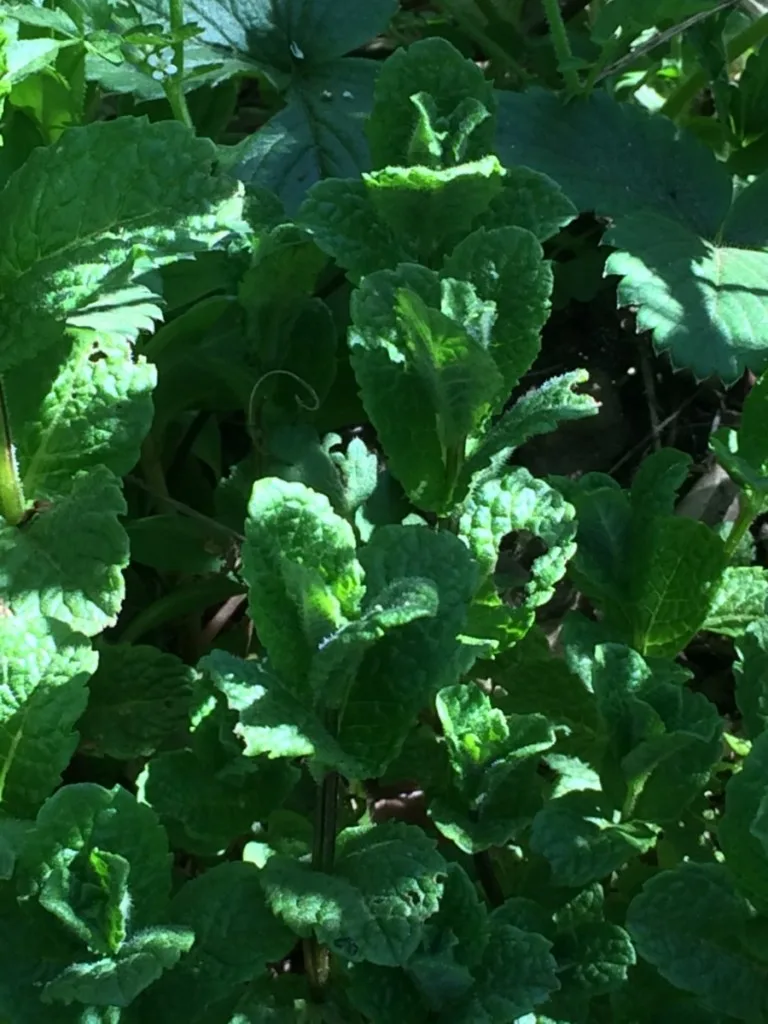
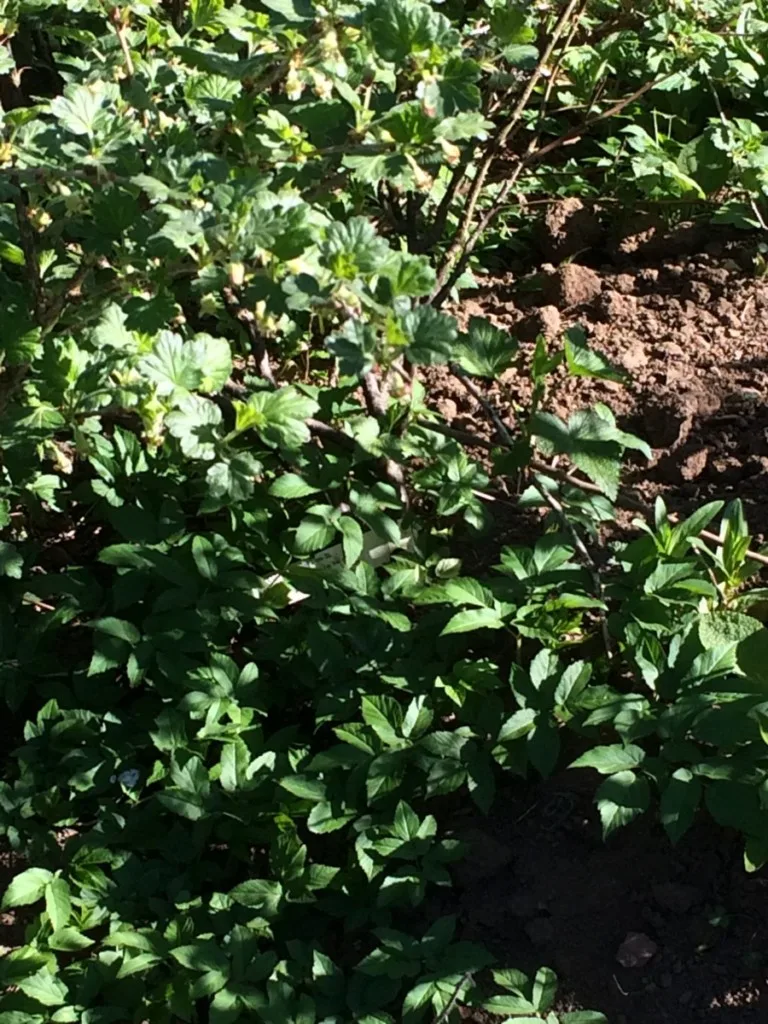
Some of the plants mentioned above also form good ground cover in a forest garden. Strawberries, mint, chickweed, ground elder and all play their role.
These ground covers help to retain moisture, reduce nutrient loss and protect the soil.
I also allow wildflowers like common speedwell to create an additional ground cover on the fringes of the forest garden. This is one of my favorite spring wildflowers, and pollinators like it too.
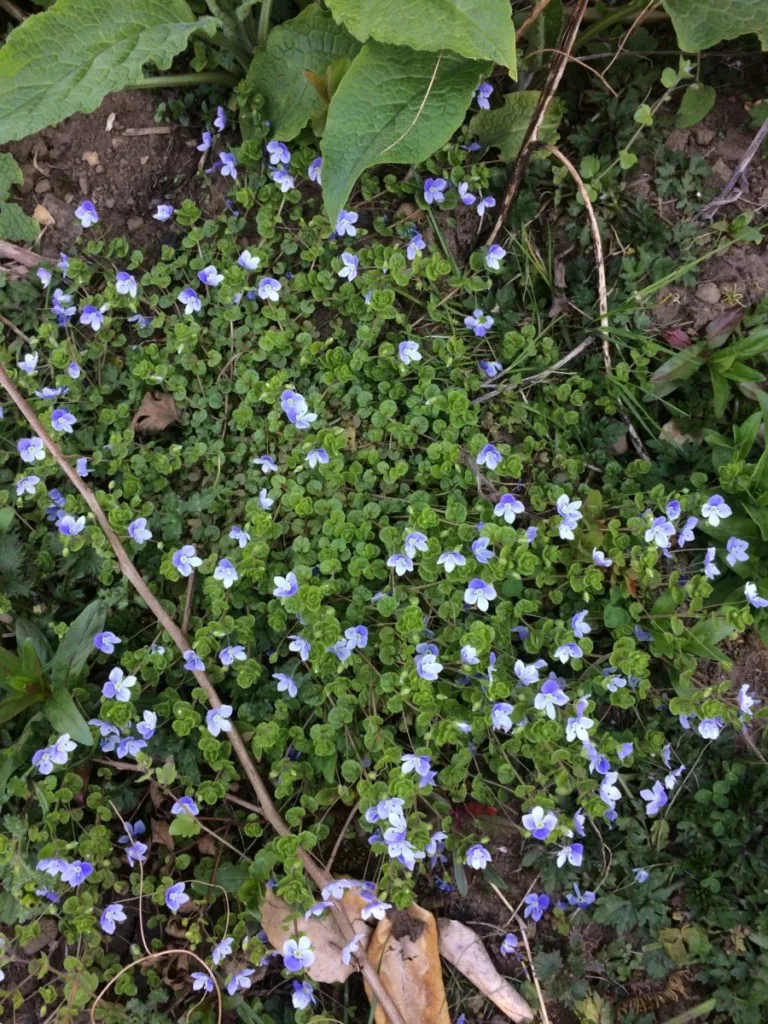
Climbing/ Vining Plants
In my forest garden, thornless blackberries vine through the layers and make their way up into the canopy. I have also planted a hardy grape vine.
Roots, Tubers and Bulbs
The layers in a forest garden continue below the soil. I grow several perennial alliums (onions). Other bulbs include daffodils – an important spring ephemeral, which are also found around the trees.
Putting Plant Guilds Together
A forest garden is, in essence, a collection of fruit (or nut) tree guilds put together to form a larger ecosystem.
A guild is a collection of plants that are put together to aid the growth and promote the health of the central plant or tree.
Plants in all the layers of forest garden guilds will be chosen to:
- Improve environmental conditions (for example, by creating ground cover to conserve moisture and prevent nutrient loss and erosion).
- Gather nutrients and improve the soil.
- Attract beneficial wildlife – from pollinators to predatory species to keep pest numbers down.
- Repel, confuse or distract pests.
- Provide edible yields, or other useful yields.
The Soil Ecosystem in a Forest Garden
When planning a forest garden, it is important to remember that not all of the elements are commonly on view. Just as important as the plants we choose are the hidden helpers hidden beneath the soil.
A forest garden depends upon the complex web of bacteria, fungi and other soil biotas which play important roles in transporting water and nutrients below ground level. And which help nature’s cycles to continue to turn.
In a forest garden, one of our most important jobs is making sure that the soil ecosystem is strong and healthy, and can continue to function as it should.
The trees and shrubs, and other plants in the forest garden feed the soil as well as feeding us. Deciduous plants drop leaves in winter and these break down to create a rich humus layer on the soil surface. This matter is broken down, and the nutrients recycle back into the soil, where they can be taken up by plants once more.
In forest gardens, we also chop and drop plants, in order to short-cut the process and manage fertility over time. Mulches of comfrey and nitrogen-fixing plants help to ensure that the soil is healthy and protected all year round.
Other Elements of a Forest Garden System
In addition to plants and soil, it is important not to overlook the other elements in a successful forest garden system.
As a forest garden develops and evolves, it becomes a haven for a wide range of wildlife, from birds and mammals to arachnids, pollinators and other beneficial insects. It is important to remember that each of these creatures has a role to play in the ecosystem as a whole.
It is also important to consider that livestock and domestic animals can also have a role to play in a forest garden.
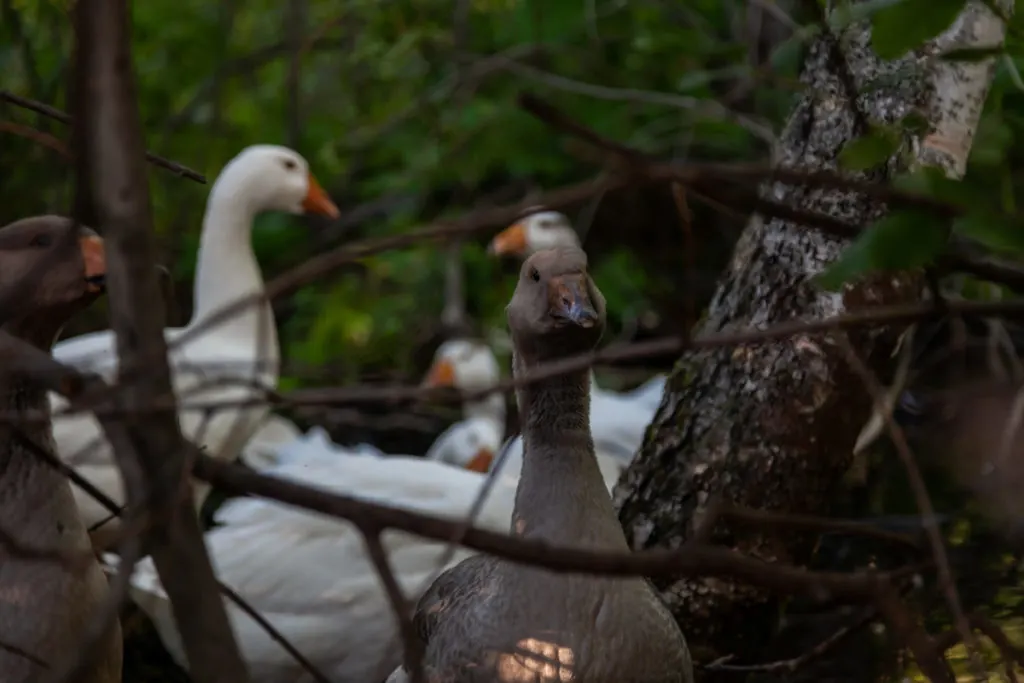
As mentioned above, chickens have a role to play in portions of my forest garden. They have to be kept out of certain areas to allow plants to become established. But they can play a role in thinning grass cover and other unwanted vegetation. They also eat slugs and play a role in pest control. And of course, they fertilize the areas they forage in.
Ducks and other small livestock can also be beneficial in a forest garden system. Sheep and goats can also be successfully integrated into larger forest garden systems.
Finally, you should also begin to view yourself, as a gardener, as an integral part of the system.
One thing that distinguishes a forest garden or agroforestry scheme from a natural forest is that it is a managed system.
A forest garden is a low-maintenance option. But there are certain interventions we make. The biggest impacts we have as humans are in the initial stages, as we choose plants and other elements to encourage and include. But there are also small interventions that we make over time.
Maintenance in a Forest Garden
The amount of maintenance in a forest garden will be relatively high at the initial stages and will decrease over time. After planting, you will likely need to water during dry spells. Where soil is less fertile, you may need to take measures to improve it until the system can take care of itself.
As a forest garden becomes established, your main maintenance jobs are likely to be:
- Chopping and dropping plant matter.
- Spreading mulches where required.
- Pruning trees and shrubs. (And making use of the pruned material.)
- Dividing mature perennials.
- Reacting and adapting to change, adding or thinning plants as required over time.
Harvesting in a Forest Garden
Of course, harvesting will also be one of the main jobs in your forest garden. As the garden evolves, you will find that as the amount of maintenance goes down, the amount of harvesting will go up. The yield in a forest garden increases year on year.
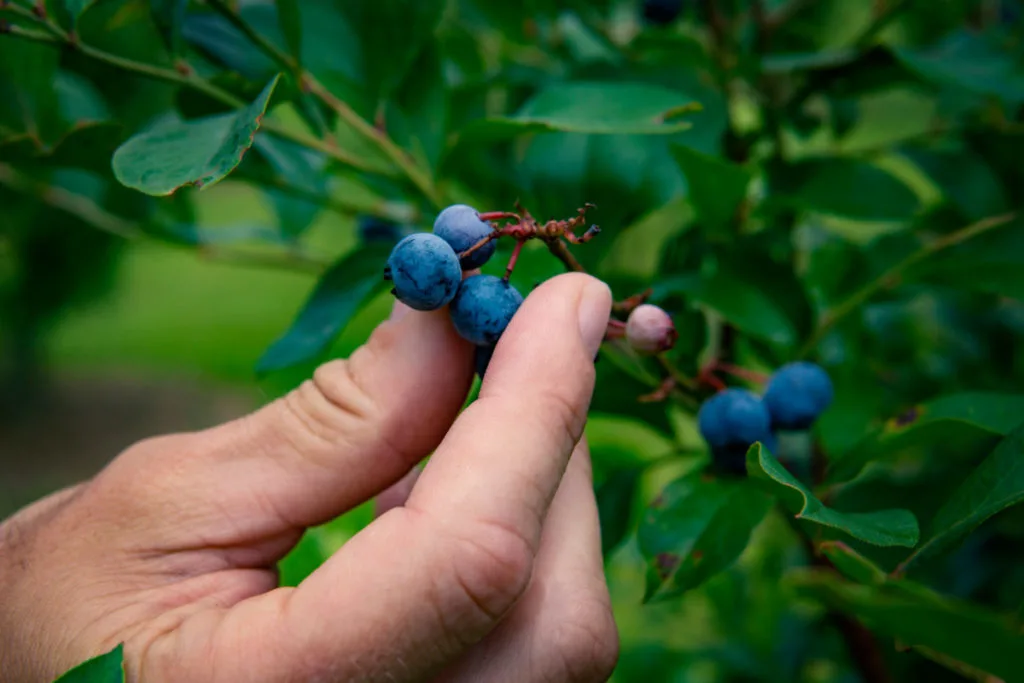
One important thing to mention about forest gardening is that it can change the things you eat.
By switching away from more annual crops, and towards a more perennial system, you will discover more unusual and interesting edibles to try. It is important to be open to new ideas. Try including items in your diet that you have not tried before.
Another way that a forest garden differs from annual gardening is that harvesting tends to be little and often for much of the year.
Rather than harvesting all at once, you will harvest more often and in stages. Often, harvesting from lower layers in the forest garden can be more like foraging. It is only during the main fruiting period of trees and fruit bushes and canes that you will harvest more intensively.
Over time, you will begin to explore all the different yields that your forest garden can provide.
Remember, a forest garden won’t only provide edible yields. It will also provide a range of other tangible yields – from fuel to crafting materials to natural ingredients and herbal remedies. And it will also provide intangible yields – bringing joy, satisfaction and serenity to you and your household.

Get the famous Rural Sprout newsletter delivered to your inbox.
Including Sunday ramblings from our editor, Tracey, as well as “What’s Up Wednesday” our roundup of what’s in season and new article updates and alerts.

